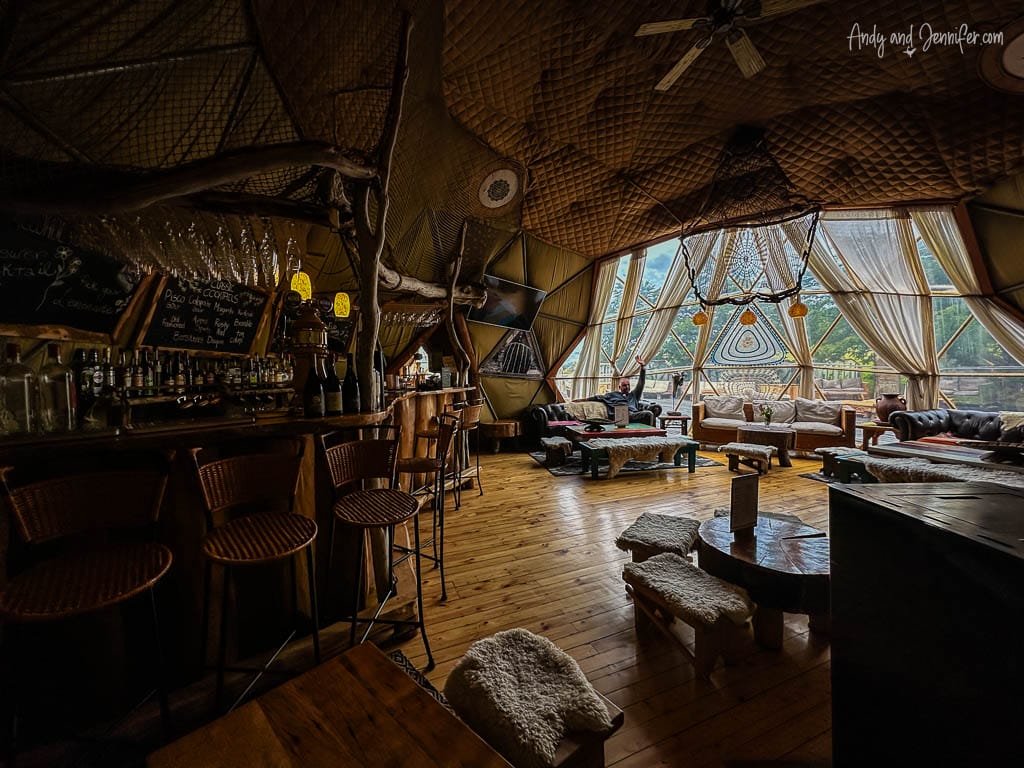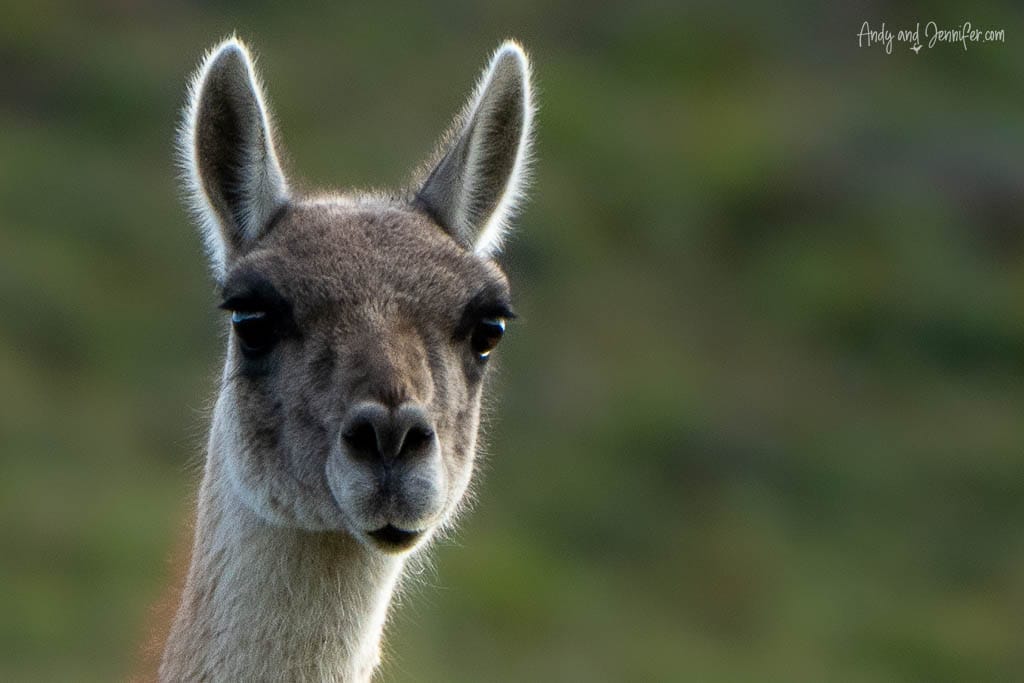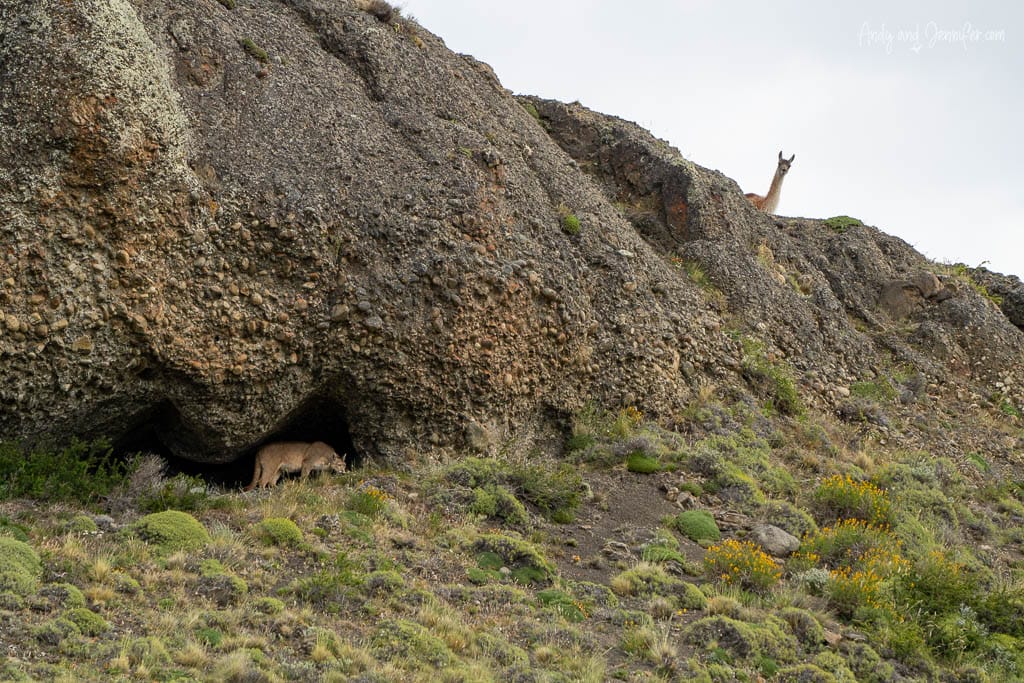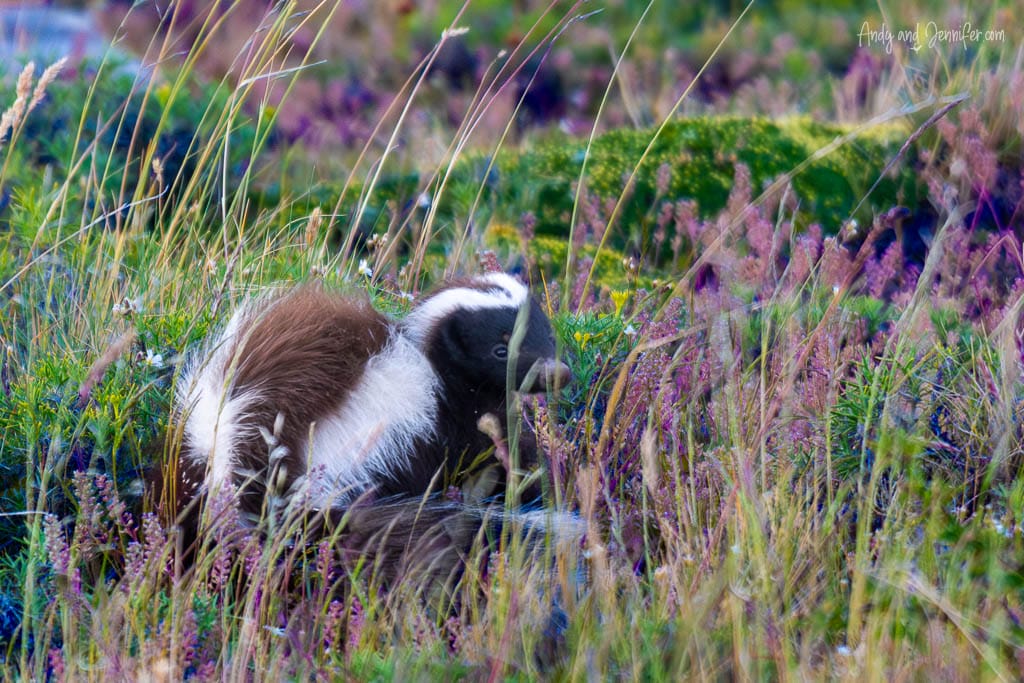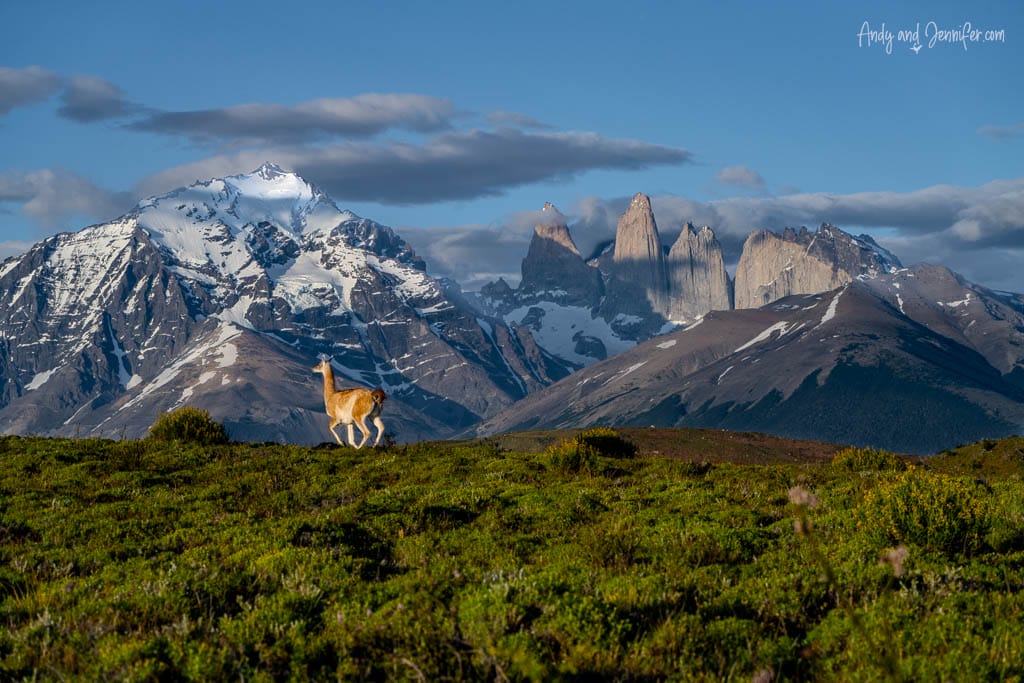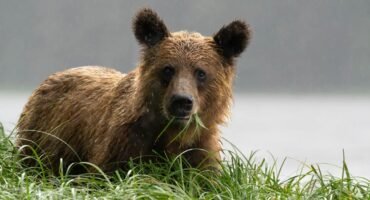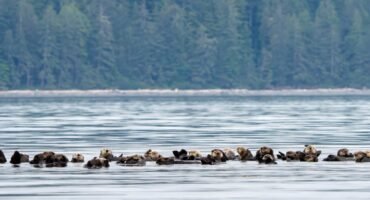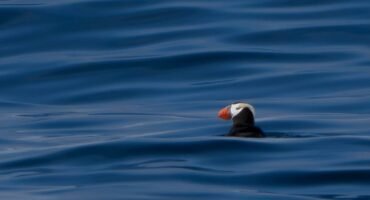Eco Camp Patagonia
After our stay at Hotel Las Torres, we checked into EcoCamp Patagonia for four nights, ready for something a little different: puma trekking. EcoCamp has a unique vibe—think hippy chic with macramé, dream catchers, and geodesic domes offering jaw-dropping views of the towers.


Our dome had a wood-burning fireplace, but it was oddly warm during our stay, making it tricky to cool down. (We splurged on one with electricity, so no, we didn’t need the quirky bike-charger for our phones!) It stays light out until around 10pm in December, so we had to cover the windows with clothing.

When you think eco-camp, you don’t think, “this is going to be the best food I’ve ever eaten.” The food was incredible, which was much needed given the amount of walking we did while tracking pumas.
Most people come to EcoCamp for organised group hikes. We were the only people at Eco Camp not doing their organised group hikes. Our focus was on the elusive pumas of Patagonia. What’s it like to track these majestic animals in the wild? Here’s a glimpse of our two days on Estancia Laguna Amarga, a private ranch known for some of the best views of Torres del Paine.
Day 1: It’s worth waking up at 3:30am
Our first morning started early—up at 3:30 a.m. for a 4 a.m. departure. We met Victor, our guide for the next two days of puma trekking, and drove out to Estancia Laguna Amarga. After a short 2 km walk, we spotted our first puma, Rupestre, napping in the shade of a bush.
There were herds of guanaco nearby, all alert to the puma hidden in the brush. Most moved on, but one persistent adult remained, continuously sounding alarm calls.
Rupestre seemed uninterested, and as it turned out, she had recently killed a chulengo (baby guanaco). It was probably the mother who didn’t move on with the rest of the herd.

Legs aching from the previous day’s hikes and feeling the effects of less-than-ideal sleep, we soldiered on.
Our second sighting came shortly after—Ginger, a puma we saw along a ridgeline.
We stopped for a mid-morning breakfast picnic of coffee and charcuterie in a scenic spot, then headed back to camp for a much-needed nap.

Eco Camp Patagonia does not have a laundry service, so after lunch we took Andy’s horse poo-stained outfit and a few other things over to Hotel last Torres.
That afternoon, we set out again at 4:30 p.m., despite the heat and wind. We returned to check on Rupestre, now sleeping in the shade along a fenceline. By 8:30 p.m., we were back at camp for a 9 p.m. dinner—last ones to eat, but well worth it. The “Patagonian Mule” drink hit the spot after a long day.
Day 2: The time I almost cried from fear of falling down a cliffside
Day two started early at 4:30 a.m., and by mid-morning, we had found a puma near the river. We parked and continued on foot, but the trail led us to a steep dirt cliff. Victor and Andy were ready to descend without hesitation, but my brain went into overdrive—there was no way I could go down that path. My Apple Watch even alerted me to a rapid heart rate, signalling my fight-or-flight response. Andy offered to hold my hand, but the thought of us both falling only made me more anxious. Victor eventually found an alternative route, but it still involved a steep scree field. I ended up sliding down most of the way but got there in the end. It doesn’t look as scary in this image, but the slope on the left was the “safer” route we descended.

There, we found a large male puma called Patagone, napping in a bush. We watched quietly as he eventually woke up, wandered to the river, and disappeared into the brush.

On our way out, Victor planned to retrieve the car, but then we stumbled upon another puma high on a hillside—this one nicknamed Fiera.


Before returning to the lodge, we stopped for coffee at the Cascada Rio Paine viewpoint. We hadn’t visited this part of the park before and the views were absolutely stunning.
Our final outing began at 5 p.m. as we headed out to where Fiera was last spotted. Though we didn’t find her, we did spot another puma high up on a hill. WAY too far away to photograph.
This one was skittish and in heat, vocalising as we watched from afar. Our trek to reach her was a steep climb, but worth it for the experience. Along the way, we even spotted a skunk.
Back at camp, there was a sighting of a Geoffrey’s cat near the community dome. This is a good reminder to ALWAYS have the big cameras with you (which of course, we didn’t)
Day 3: We finally get to rest
We didn’t plan anything for our final day at EcoCamp Patagonia—we were both completely exhausted and in need of some relaxation. After taking it easy, we made our way over to Hotel Las Torres to pick up our clean laundry. The staff recognized us immediately with a laugh, exclaiming, “Oh – the horse shit man!”
Reflections
In two days of puma trekking, we covered 30 kilometres and observed five different pumas. The terrain was a mix of Patagonian flat—rolling hills covered in brush—and steep scree slopes that were, in a word, terrifying. Tracking pumas in Torres del Paine was a once-in-a-lifetime experience—one that challenged us physically but rewarded us with unforgettable memories of Patagonia’s wild beauty.
Next Up –> Traveling from Punta Arenas to Ushuaia on the Ventus Australis
We’re Andy and Jennifer—two former corporate executives who chose long ago to prioritise experiences over stuff while pursuing our passions for travel and photography. From the Arctic to Antarctica, and most places in between, we’ve captured the world through our lenses and love sharing those stories. Our careers gave us the means, but our purpose is inspiring others to explore and helping people create images they’re proud of.


